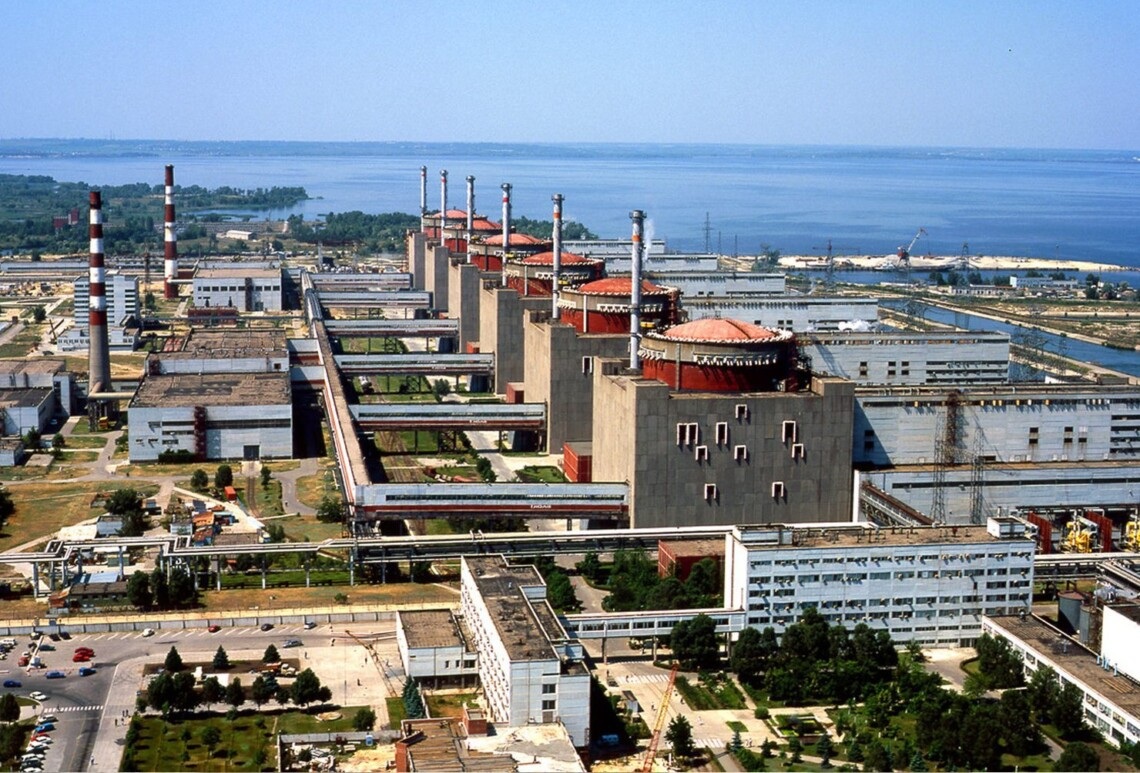IAEA: Problems with reactor cooling are growing at occupied ZNPP
14 August 19:56
The International Atomic Energy Agency has reported increasing difficulties in ensuring a stable supply of water to cool the six reactors at Zaporizhzhia NPP, which have been in a state of “cold shutdown” since spring 2024.
This is stated in a report on the IAEA website, "Komersant Ukrainian" reports.
According to the IAEA, even in this mode, reactors need cooling water for safety systems, cores and spent fuel pools. The situation is complicated by the heat, which increases evaporation, and the vulnerability of external power supply – the plant depends on a single 750 kV line after the loss of the backup line on May 7.
on August 12, the agency’s inspectors noticed smoke coming from the administrative building where their office is located after a fire near the cooling towers. In addition, over the past week, there have been shelling near the industrial zone of ZNPP, the closest being 1.2 km from the plant’s perimeter.
Energoatom reminded that fires in and around the plant have become regular. Earlier, cooling tower No. 1 burned down, and dry reeds were burning near the power units on the site of the former Kakhovka reservoir. The radiation background in the observation area remains unchanged.
The occupation of Zaporizhzhya NPP and the explosion of Kakhovka HPP are two related events that significantly affected the nuclear safety of Ukraine and the situation in the south of the country.
What is known about the occupation of ZNPP
- Date of seizure: march 4, 2022, after shelling by Russian troops, during which a fire broke out on the territory of the plant.
- Location: Enerhodar, Zaporizhzhia region.
- Consequences of the seizure:
- The plant became the world’s largest nuclear power plant ever seized by military action.
- russia has deployed military equipment and ammunition on the territory of ZNPP and is using the plant as a shelter.
- Ukrainian personnel are working under pressure and are effectively being held hostage.
- Since the spring of 2024, all six reactors have been put into a “cold shutdown” state, but they still require constant cooling.
- The IAEA has a limited presence at the site, but has recorded shelling, power outages, and cooling problems.
What is known about the explosion of the Kakhovka hydroelectric power plant
- Date: june 6, 2023.
- What happened: Russian troops controlling the Kakhovka HPP blew up the dam.
- Consequences:
- Huge flooding of settlements in the Kherson region.
- Large-scale environmental disaster: deaths of people and animals, destruction of crops, water pollution.
- Loss of the Kakhovka Reservoir, which was the main source of water for cooling the Zaporizhzhia NPP.
- After the explosion, the plant was left without the main source of process water, which increased the risks to nuclear safety.
The connection between the events
- Before the Kakhovka HPP was blown up, cooling water for ZNPP came from a reservoir.
- After its destruction, cooling is provided by backup systems and cooling pools filled before the explosion.
- Due to the heat and evaporation, water reserves are dwindling, which the IAEA has repeatedly called a critical threat.









